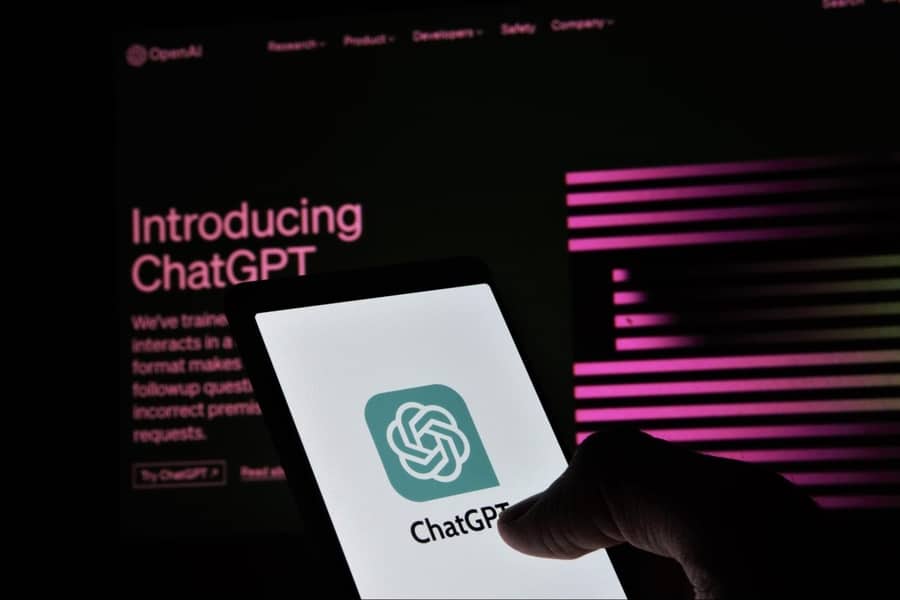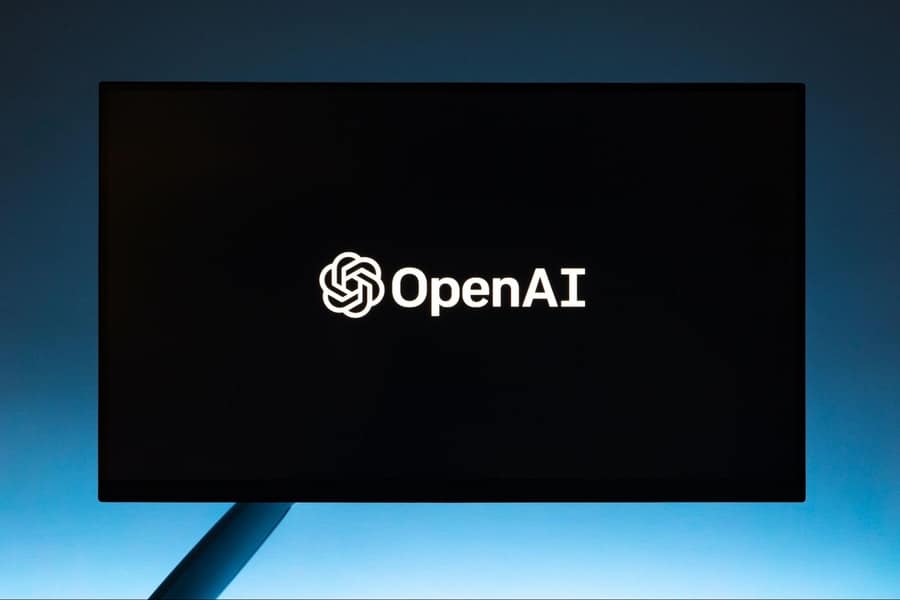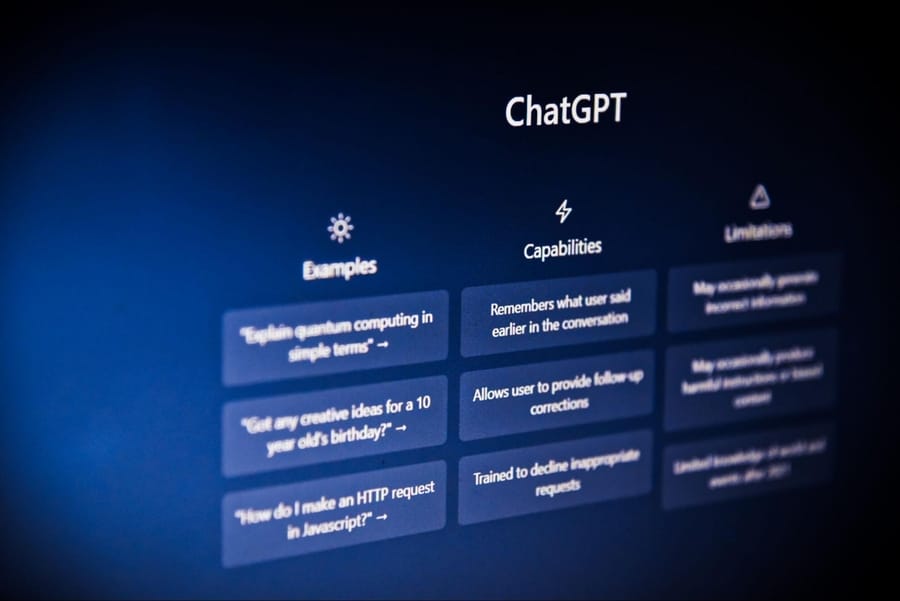Introduction
Artificial Intelligence (AI) has rapidly evolved over the years, transforming various industries and revolutionizing human-computer interactions. One of the most remarkable achievements in the field of AI is the development of advanced large language models that can understand, generate, and manipulate human language. Among these large scale models, GPT-4 (Generative Pre-trained Transformer 4) stands out as a groundbreaking advancement in the realm of AI language models. In this blog post, we will delve into the fascinating world of GPT-4, exploring its architecture, capabilities, potential applications, and the impact it may have on society.

Understanding GPT-4
GPT-4, developed by OpenAI, is an advanced large language model that surpasses its predecessor, GPT-3, in terms of power and capabilities. The acronym “GPT” stands for “Generative Pre-trained Transformer,” highlighting its reliance on the transformer architecture – a neural network architecture that excels in natural language processing tasks. With its massive dataset of text and code, GPT-4 is trained on many real world scenarios using deep learning and neural networks.

The training dataset for GPT-4 encompasses a wide range of sources, including books, articles, code, and other forms of text. This extensive training allows the AI model to process and generate text that closely resembles human-written content. As a generative model, GPT-4 has the ability to produce new content based on the input it receives. Its transformer architecture enables it to efficiently analyze and comprehend large volumes of textual data. In addition to its generative capabilities, GPT-4 boasts a variety of impressive functionalities. For instance, it excels in language translation, enabling seamless communication across different languages. It can also generate diverse forms of creative content and provide informative responses to user questions.
The power of GPT-4 lies in its ability to understand the underlying patterns and relationships within text data, which allows it to generate contextually relevant and coherent responses. Through its deep learning algorithms and neural network architecture, GPT-4 has acquired a comprehensive understanding of grammar, syntax, and semantic relationships, making it an incredibly powerful language model, surpassing human level performance. By summarizing vast amounts of text data during its training phase, GPT-4 has gained extensive knowledge about various domains and can draw upon this knowledge to provide intelligent and informed output. Unlock the power of AI language models for your business, contact Data Sleek today!
In the next section, we will delve deeper into the architecture and training process of GPT-4, providing a more detailed understanding of its inner workings.
GPT-4 Architecture and Training
GPT-4 utilizes a transformer-based neural network architecture to learn the statistical relationships between words. The model is trained on an extensive dataset comprising text and code. Through this training process, GPT-4 learns to predict the next word in a sequence by considering the context of the preceding words. For instance, given the input sequence “The cat sat on the,” the model is more likely to predict the word “mat” rather than “dog” based on the context.
The architecture of GPT-4 consists of multiple layers of self-attention mechanisms, which enable the model to capture intricate dependencies and patterns within the input text. Self-attention allows the model to weigh the importance of different words in a sentence when making predictions, considering their contextual relevance.

The training of GPT-4 follows a two-step process: pre-training and fine-tuning. In the pre-training phase, the model is exposed to an extensive corpus of text data from the internet. During this stage, GPT-4 learns to predict the next word in a sentence based on the patterns it observes in the training data. This process helps the model develop a comprehensive understanding of grammar, syntax, and semantic relationships, as it learns to capture the statistical regularities present in the text.
After pre-training, GPT-4 undergoes the fine-tuning stage, where it is further trained on specific tasks using labeled datasets. This fine-tuning process allows the model to specialize in various domains, enabling it to excel in tasks like language translation, sentiment analysis, question answering, and more. By fine-tuning on specific datasets, GPT-4 hones its abilities in these targeted tasks, improving its performance and adaptability in real-world applications.
The combination of pre-training and fine-tuning empowers GPT-4 to possess a broad understanding of language while also being capable of leveraging its specialized knowledge for task-specific applications. This dual-stage training approach contributes to the model’s remarkable linguistic abilities and versatility.
In the next section, we will explore the enhanced capabilities of GPT-4 compared to its predecessors, highlighting its advancements in generating more coherent and contextually appropriate responses.
GPT-4 Enhanced Capabilities
GPT-4 introduces a host of enhanced capabilities that set it apart from previous models. With an expanded model size and a larger number of parameters, it possesses the capacity to handle more complex language tasks. These improvements allow GPT-4 to capture nuanced relationships between words and generate text that is more coherent and contextually appropriate. Furthermore, GPT-4 excels in zero-shot learning, demonstrating its ability to perform tasks without specific training for each individual task. By leveraging knowledge from related tasks and domains, the model can generalize and adapt its learning, showcasing its versatility and transferability of knowledge. Some of its main capabilities include:
Generating Text
GPT-4 is capable of generating text that closely resembles human-written content. It excels earlier GPT models in various writing tasks, including creative writing, technical writing, and marketing copy. The model can generate text that is coherent, contextually appropriate, and tailored to specific requirements.

Language Translation
With its advanced language capabilities, GPT-4 can accurately translate between a wide range of languages. It supports translation tasks between languages such as English, French, German, Spanish, Chinese, Japanese, Korean, and more. This makes it a powerful tool for facilitating multilingual communication and understanding.
Writing Different Kinds of Creative Content
GPT-4 can generate diverse forms of creative content, expanding beyond traditional text-based outputs. It can produce poems, code, scripts, musical compositions, emails, letters, and more. This versatility showcases the model’s ability to cater to various creative needs.

Informative Question-Answering
GPT-4 has the ability to answer questions in an informative manner. Leveraging its access to information from sources like Google Search, the model can retrieve and process real-world information to provide comprehensive and informative responses. This feature makes it a valuable resource for seeking information and insights.
Natural Language Understanding and Response
GPT-4 excels previous GPT models in understanding and responding to natural language inputs. It can hold conversations, answer questions, and generate text that is tailored to the specific context. The model can follow instructions and complete tasks based on the given prompts, demonstrating its ability to comprehend and generate human-like responses.
Multimodal Understanding
GPT-4 is a multimodal model, meaning it can understand both text and image inputs. This enables it to process and generate descriptions for images or generate images based on text prompts. The model’s multimodal understanding expands its capabilities beyond textual tasks, offering a more comprehensive understanding of information.
In the next section, we will discuss the potential applications of GPT-4 across various industries and fields, highlighting the transformative impact it can have.
GPT-4 Potential Applications
The applications of GPT-4 are vast and varied, with potential implications across industries. Let’s explore a few notable use cases:
Natural Language Understanding
GPT-4 can be utilized to improve customer service chatbots, virtual assistants, and automated support systems. Its enhanced contextual understanding enables more accurate responses, enhancing user experience and reducing the need for human intervention. Data Sleek is currently working on a product that uses GPT-4 to summarize Zoom meetings into text and detect the mood of the audience.

Content Generation
GPT-4’s advanced language generation capabilities can be harnessed to automate content creation across domains like journalism, marketing, and creative writing. It can assist in drafting articles, blog posts, social media content, and even generate personalized emails.
Language Translation
With its ability to understand and generate text in multiple languages, GPT-4 can significantly enhance machine translation systems. It can provide more accurate and contextually relevant translations, bridging language barriers and fostering global communication.
Educational Tool
GPT-4 has the potential to revolutionize education by acting as a personalized learning companion. It can generate interactive study materials, answer students’ questions, and provide explanations in a manner that aligns with individual learning styles.
Research and Development
GPT-4 can assist researchers in various fields by processing and analyzing vast amounts of scientific literature. It can help identify patterns, generate hypotheses, and contribute to accelerating the pace of scientific discovery.

Creative Applications
GPT-4’s ability to generate creative content opens up exciting possibilities in fields such as art, music, and storytelling. It can assist artists in generating visual concepts, composing music, or co-creating narratives. These creative applications enable collaboration between humans and AI, fostering innovative and captivating content creation.
It’s important to note that while GPT-4 offers remarkable capabilities, it is crucial to apply it responsibly and ethically. Care should be taken to ensure the accuracy, fairness, and unbiased nature of its output, especially in sensitive domains such as legal and medical fields.
GPT-4 Ethical Considerations and Challenges
While GPT-4 presents exciting possibilities, it also raises important ethical considerations and challenges that need to be addressed.
Bias and Fairness
Language models like GPT-4 can inadvertently amplify biases present in the data they are trained on. It is crucial to carefully curate and diversify training data to mitigate bias and ensure fairness in the generated output. Ongoing research and monitoring are necessary to identify and rectify any biases that may emerge.
Misinformation and Fake News
GPT-4’s ability to generate highly convincing text raises concerns regarding the spread of misinformation and fake news. Safeguards and verification mechanisms must be implemented to prevent the malicious use of the technology and promote responsible content generation.
Data Privacy and Security
Language models like GPT-4 require access to vast amounts of data, which raises concerns about user privacy. It is imperative to establish robust data privacy protocols and ensure that user data is handled securely to protect individuals’ sensitive information.

Transparency and Explainability
GPT-4’s inner workings can be opaque, making it challenging to understand how it arrives at its responses. Efforts should be made to enhance model transparency and develop techniques to explain the decision-making process of AI models, ensuring accountability and building trust.
Unintended Consequences
As AI language models become more advanced, there is a risk of unintended consequences. It is crucial to carefully monitor and evaluate the impact of GPT-4 and similar models on society, addressing any potential negative effects promptly.
By proactively addressing these ethical considerations and challenges, stakeholders can work towards harnessing the potential of GPT-4 while mitigating potential risks. Responsible development and use of AI models promote trust, fairness, and the positive impact of AI technologies on individuals and society as a whole.
GPT-4 Future Directions and Collaborative Efforts
To address the challenges associated with GPT-4 and ensure its responsible deployment, collaborative efforts among researchers, policymakers, and industry stakeholders are vital.
Robust Guidelines and Regulations
Policymakers and regulatory bodies need to establish clear guidelines and regulations governing the use of AI language models. These frameworks should address issues such as bias mitigation, content verification, privacy protection, and accountability.
Industry Standards and Best Practices
Organizations developing AI language models should adopt industry-wide standards and best practices. This includes promoting transparency, facilitating external audits, and fostering collaboration to address the ethical and social implications of the technology.
Public Engagement and Education
Initiatives should be undertaken to engage the public in discussions surrounding AI language models. Educating individuals about the capabilities, limitations, and potential impact of GPT-4 can foster informed decision-making and ensure that societal concerns are adequately addressed.

Multidisciplinary Research and Collaboration
Researchers from diverse disciplines, including computer science, linguistics, psychology, and ethics, should collaborate to explore the implications of AI language models comprehensively. This interdisciplinary approach can lead to a holistic understanding of the technology and its societal impact.
Conclusion
GPT-4 represents a significant milestone in the field of AI language models, offering enhanced capabilities, potential applications across industries, and exciting opportunities for innovation. The applications of GPT-4 span across diverse fields, including customer service, content generation, language translation, education, and scientific research. Its ability to process and generate text indistinguishable from human-written content opens up new horizons for innovation and productivity. By harnessing GPT-4’s capabilities, we can improve customer experiences, automate content creation, bridge language barriers, revolutionize education, and accelerate scientific discovery. However, its deployment must be accompanied by careful consideration of ethical implications, proactive measures to mitigate biases, and responsible use of the technology. Through collaborative efforts, robust guidelines, and ongoing research, we can harness the power of GPT-4 to drive positive change and shape a future where AI and human intelligence coexist harmoniously.
Seize the Opportunity
If your organization is looking to leverage the power of Chat GPT (GPT-4 and navigate the ethical considerations surrounding AI language models, Data Sleek is here to assist you. Our team of experts specializes in AI ethics and data governance, ensuring responsible and transparent deployment of cutting-edge technologies. Whether you require guidance in developing robust ethical guidelines, implementing bias mitigation strategies, or establishing data privacy protocols, Data Sleek can provide the expertise and support you need. Don’t miss out on the chance to harness the potential of GPT-4 while upholding ethical standards. Contact Data Sleek today to embark on your journey towards responsible and impactful AI integration.







